Keeping High-Traffic Areas Clean and Safe

Keeping High-Traffic Areas Clean and Safe
High-traffic areas in commercial spaces, such as entryways, hallways, and break rooms, require special attention when it comes to cleaning. These areas are prone to dirt, dust, and germ accumulation, which can lead to unpleasant odors, unsightly stains, and even health risks. In this post, we’ll share best practices and strategies for keeping high-traffic areas clean and safe.
Best Practices:
1. Create a Cleaning Schedule: Develop a regular cleaning schedule to ensure high-traffic areas are cleaned frequently.
2. Use the Right Cleaning Tools: Invest in heavy-duty cleaning equipment and supplies designed for high-traffic areas.
3. Focus on High-Touch Areas: Pay extra attention to high-touch areas like door handles, light switches, and countertops.
4. Use Disinfectants: Use disinfectants to kill germs and bacteria in high-traffic areas.
5. Dry Floors: Dry floors thoroughly to prevent slips and falls.
Strategies:
1. Zone Cleaning: Divide high-traffic areas into zones and assign cleaning tasks to specific zones.
2. Task Segmentation: Break down cleaning tasks into smaller, manageable chunks.
3. Cleaning Carts: Use cleaning carts to transport supplies and equipment.
4. Communication: Communicate with staff and visitors about cleaning schedules and protocols.
5. Quality Control: Regularly inspect high-traffic areas to ensure cleaning standards are met.
Additional Tips:
1. Use Mats and Rugs: Place mats and rugs in high-traffic areas to catch dirt and dust.
2. Install Hand Sanitizers: Install hand sanitizers in high-traffic areas to promote hand hygiene.
3. Consider Daytime Cleaning: Consider cleaning high-traffic areas during the day to reduce nighttime disruptions.
By following these best practices and strategies, you’ll be able to keep your high-traffic areas clean, safe, and healthy. Remember to stay flexible and adjust your cleaning schedule as needed to accommodate changing traffic patterns and seasonal fluctuations.


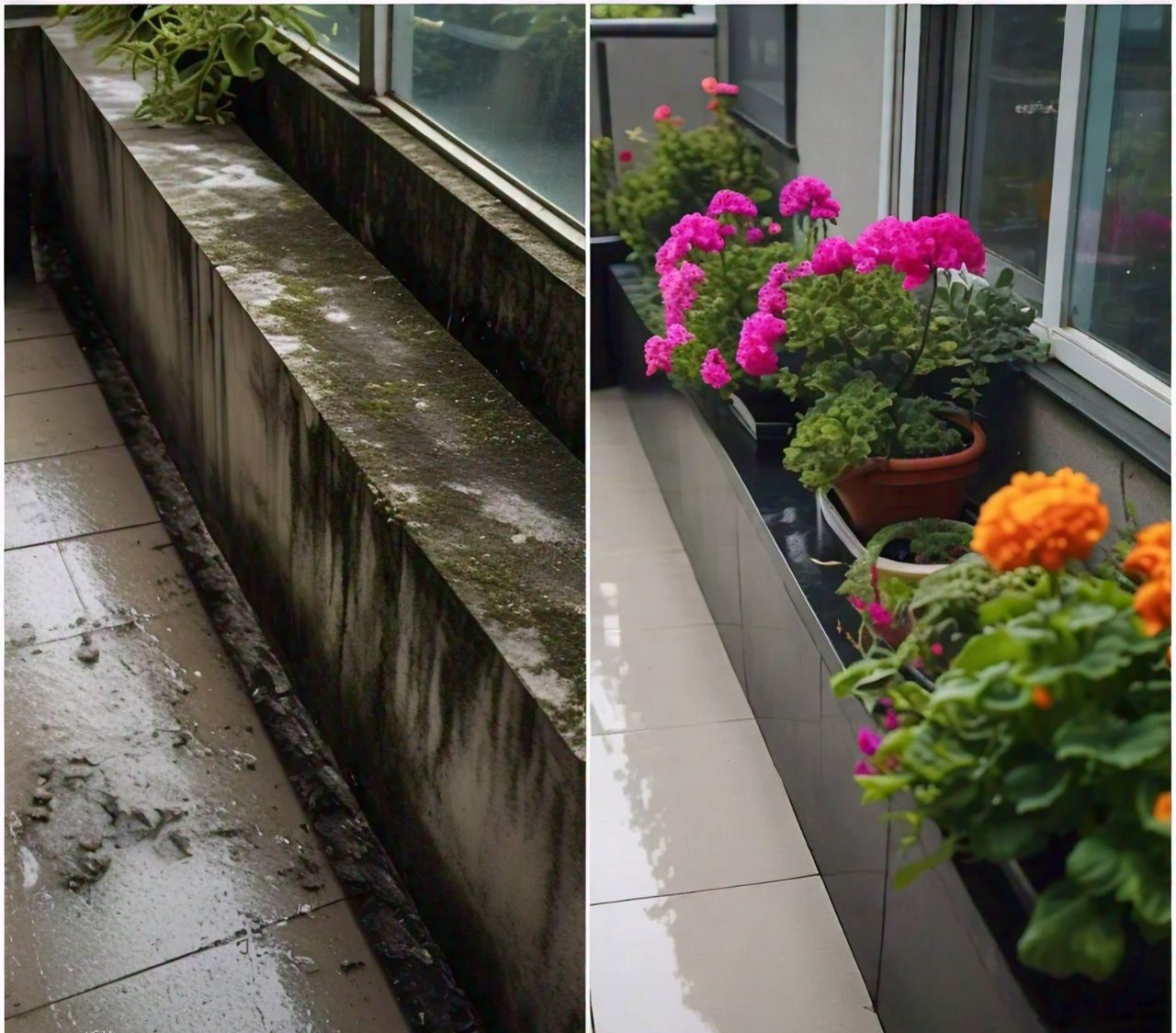
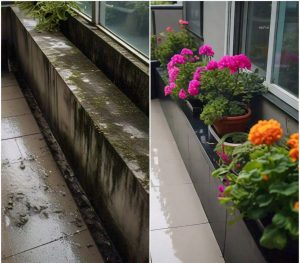




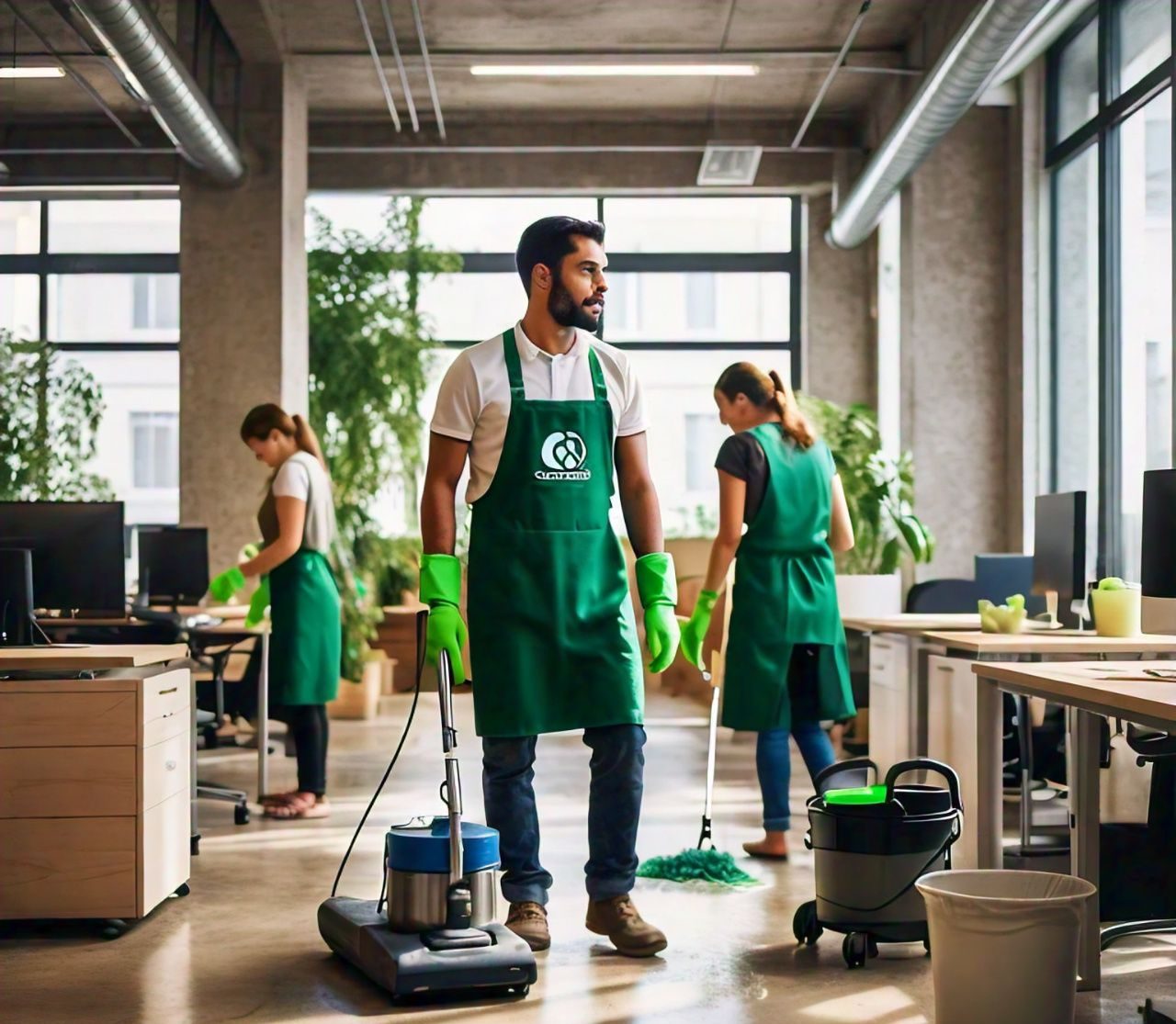

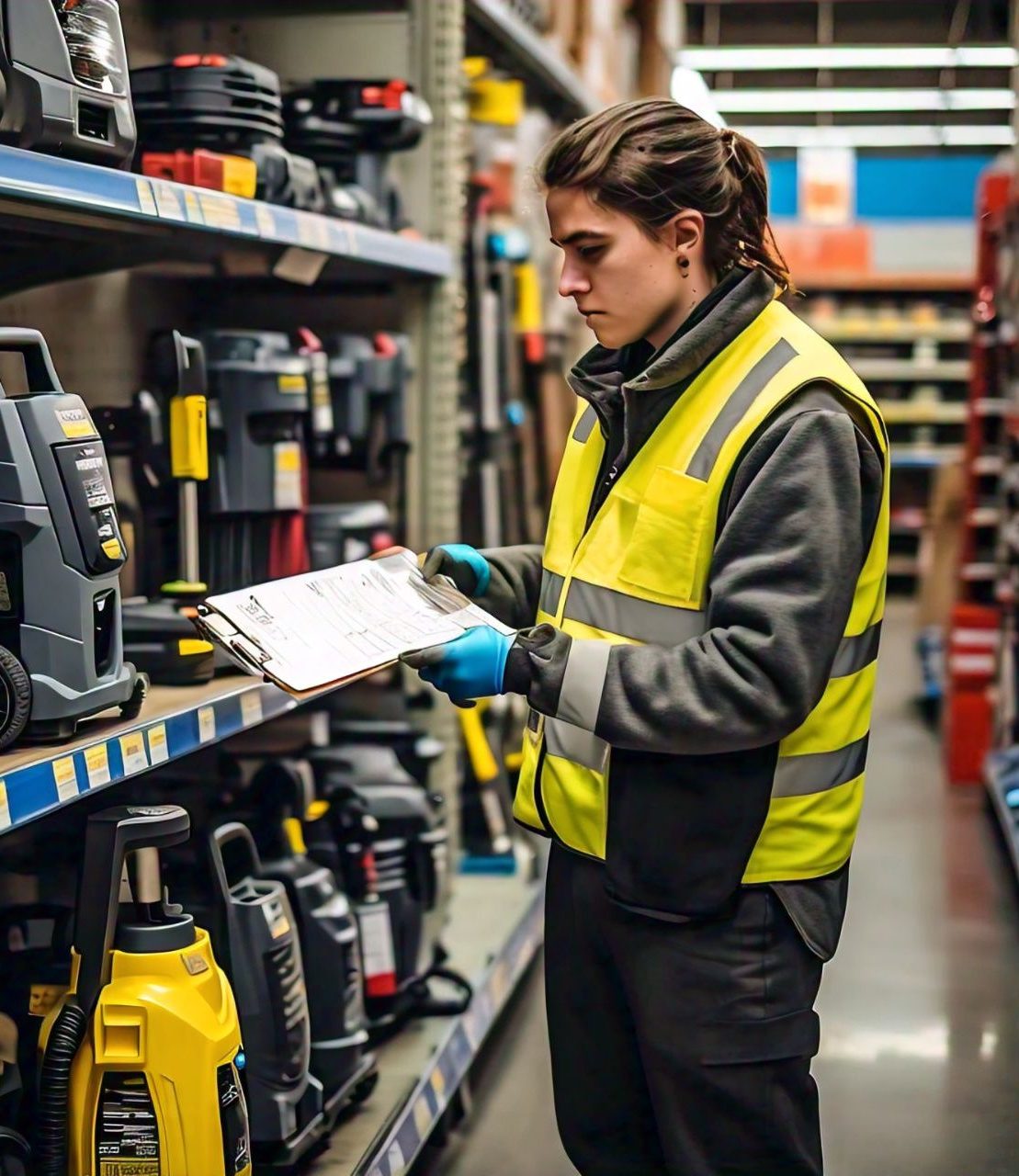

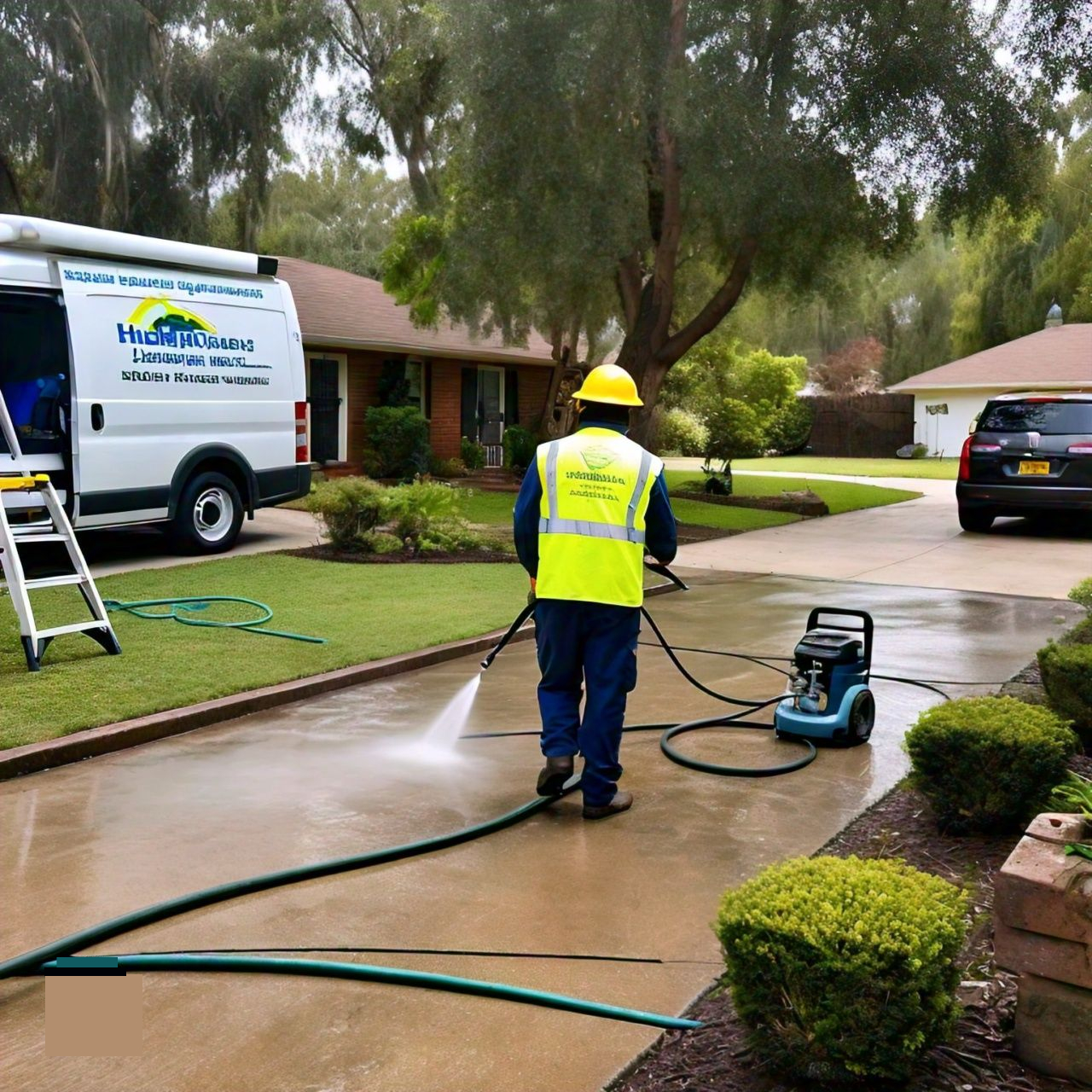
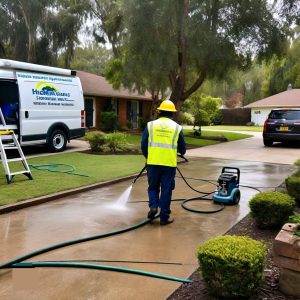


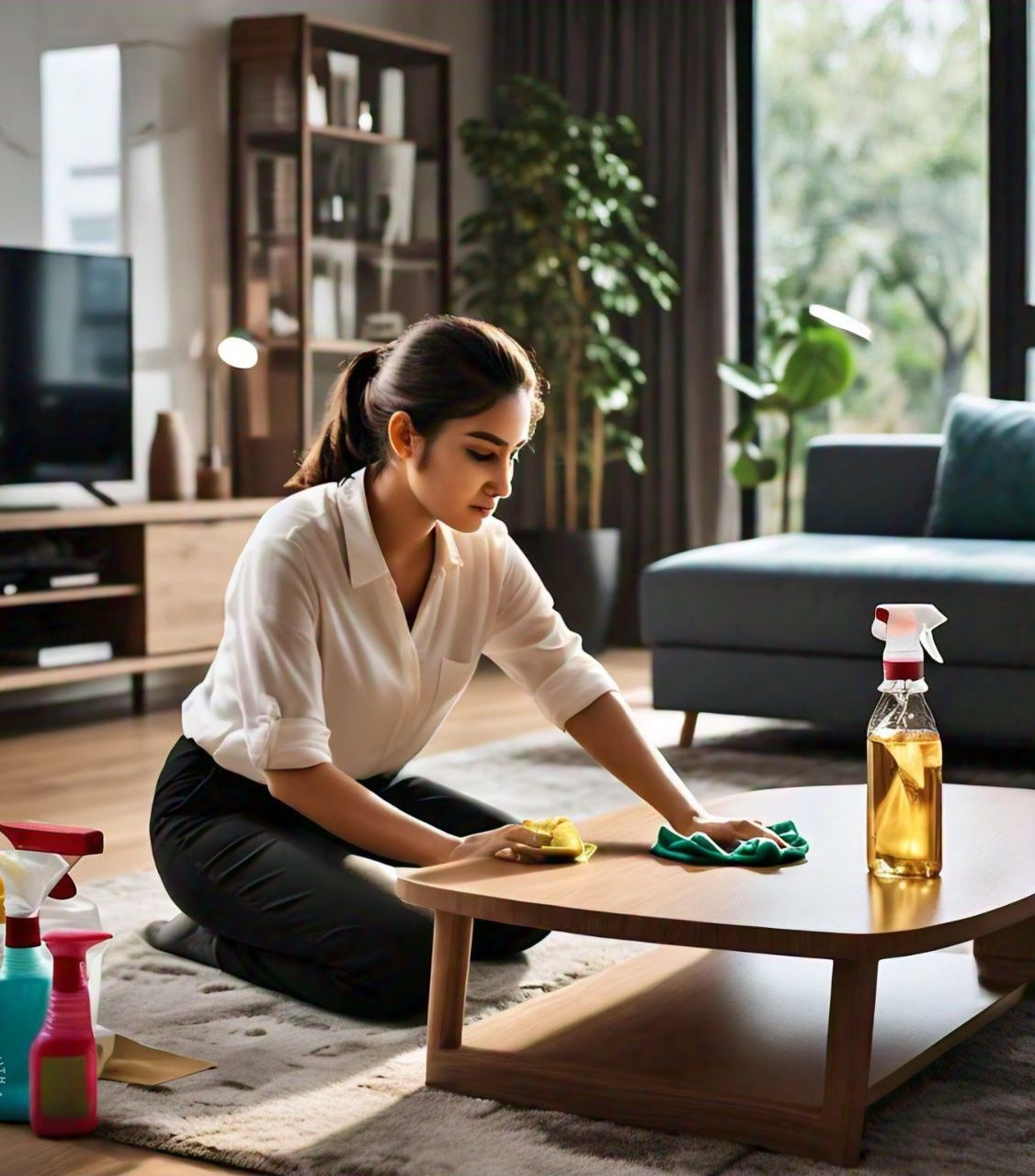


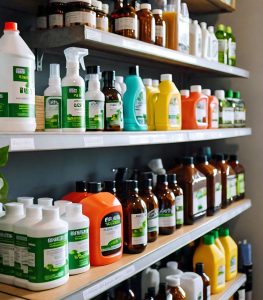 Are you aware that a dirty home can harbor harmful germs, allergens, and toxins that can compromise your health? Regular cleaning is essential, but sometimes it’s not enough. Deep cleaning is a thorough cleaning process that goes beyond the surface level to remove dirt, grime, and hidden contaminants.
Are you aware that a dirty home can harbor harmful germs, allergens, and toxins that can compromise your health? Regular cleaning is essential, but sometimes it’s not enough. Deep cleaning is a thorough cleaning process that goes beyond the surface level to remove dirt, grime, and hidden contaminants.